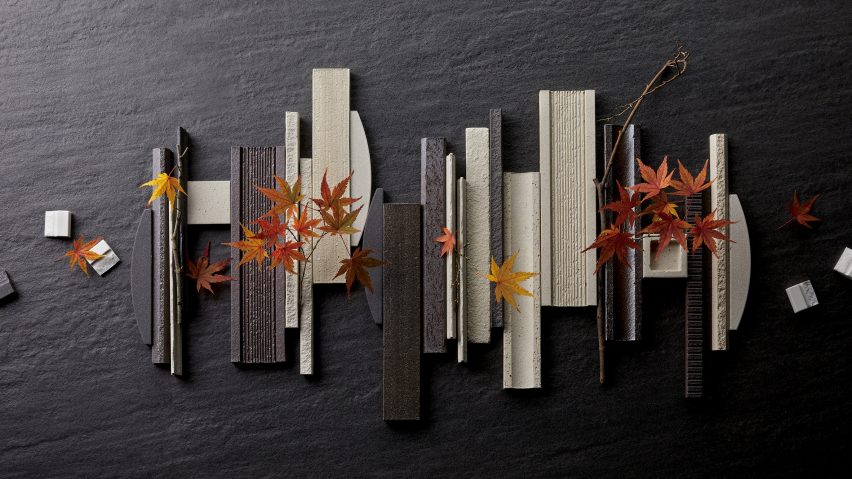
Japanese brand INAX aims to change the way we use tiles in our homes
Promotion: the "rough, earthy textures" of tiles should be used to bring warmth and texture to every room in the home, not just the bathroom and kitchen, according to Japanese brand INAX.
In the UK and other northern European countries, tiles are traditionally associated with wet spaces such as the bathroom and kitchen.
INAX, a Japanese brand that was launched in 1924 to produce terracotta and tile products for the Frank Lloyd Wright-designed Imperial Hotel in Tokyo, wants to change this perception and encourage its customers to use tiles throughout the home and in retail, hospitality and office spaces.
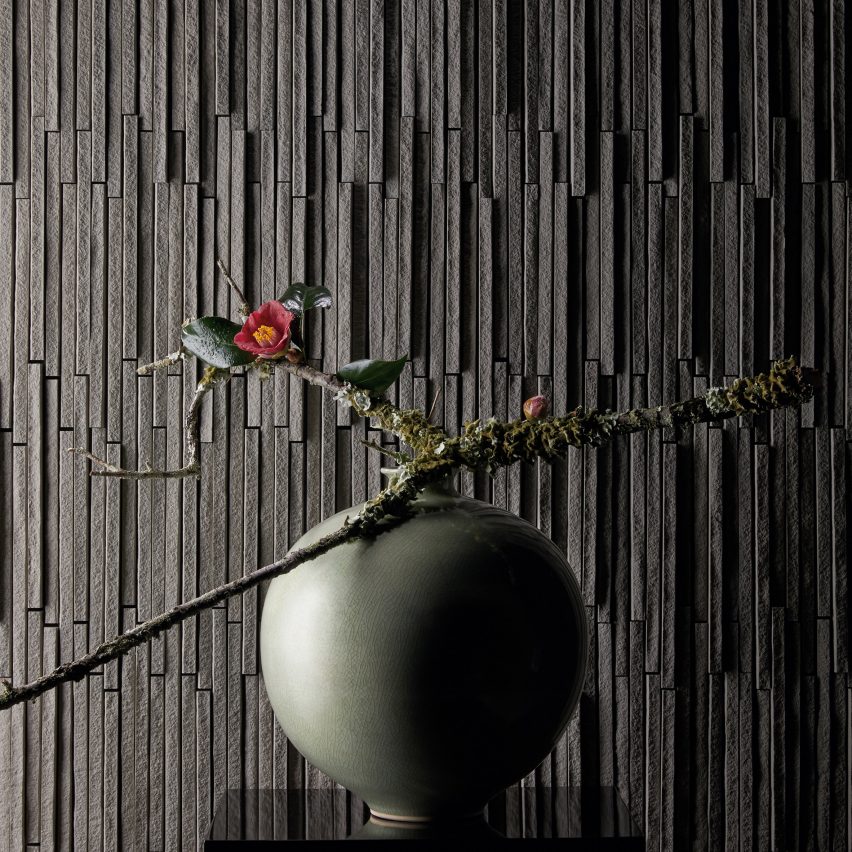
"With three-dimensional shapes, rough earthy textures and seemingly unusual and unique designs, all of which are not generally used in bathrooms and kitchens, you have a whole range of options to choose from to expand your ideas for designing your space," said INAX.
INAX specialises in what it refers to as "artistic Japanese tiles" that feature textured surfaces and three-dimensional shapes that catch the light.
"The tiles offer a dynamic play of light and shadow, created through intricately designed shapes or carefully calculated differences in thickness," said the brand of its Japanese Tile World Collection.
The tiles in this collection, such as the Homura and Hosowari designs, incorporate traditional Japanese motifs and are made using traditional production techniques where the tiles are baked for longer periods of time to make them more hardwearing and stain-resistant.
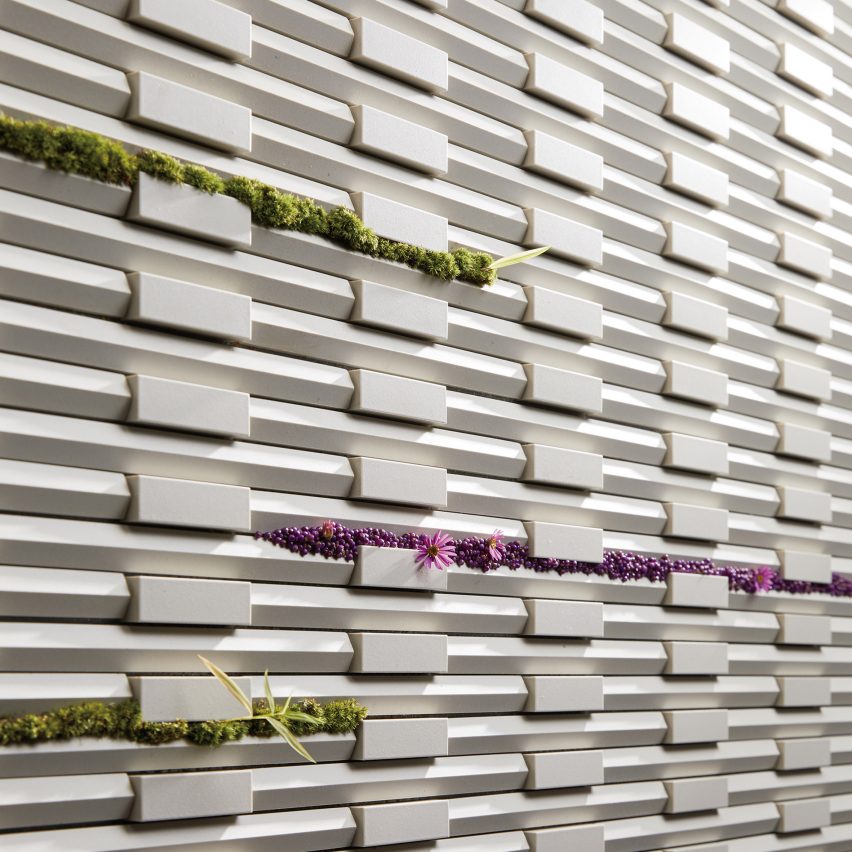
Homura, for example, is a glazed stoneware tile made by INAX's master ceramicists using the same scratch tile technique that was used to create the tiles for the Imperial Hotel designed by Frank Lloyd Wright in 1924.
Homura features a unique, subtle colour gradient and two different surface finishes that add interest and warmth to the interior. INAX suggests using the Homura tiles in a fireplace.
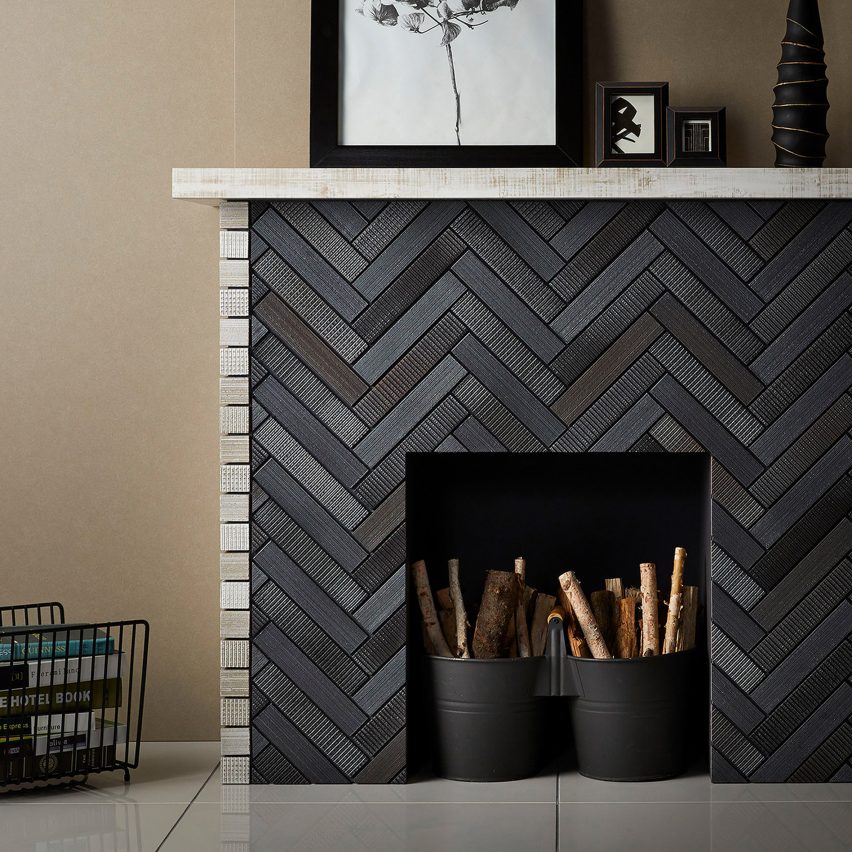
The Hosowari Border tile is another long-standing product in INAX's Japanese Tile World Collection.
Featuring smooth, angled edges and a rough-hewn face that creates dramatic shadows, Hosowari is available in a range of deep colours.
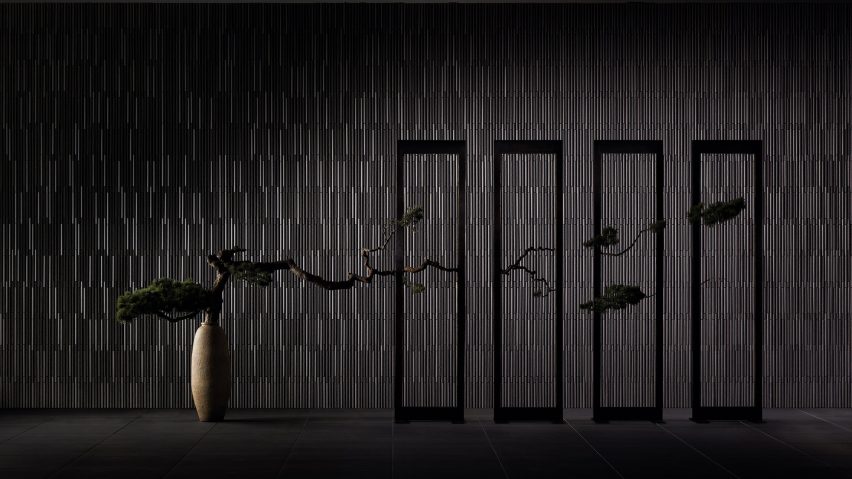
The brand advises that this tile suits hotel lobbies, restaurants, living rooms and offices.
The now-demolished Imperial Hotel is Wright's best-known building in Asia and is where he combined his western design principles and a fascination with Japan.
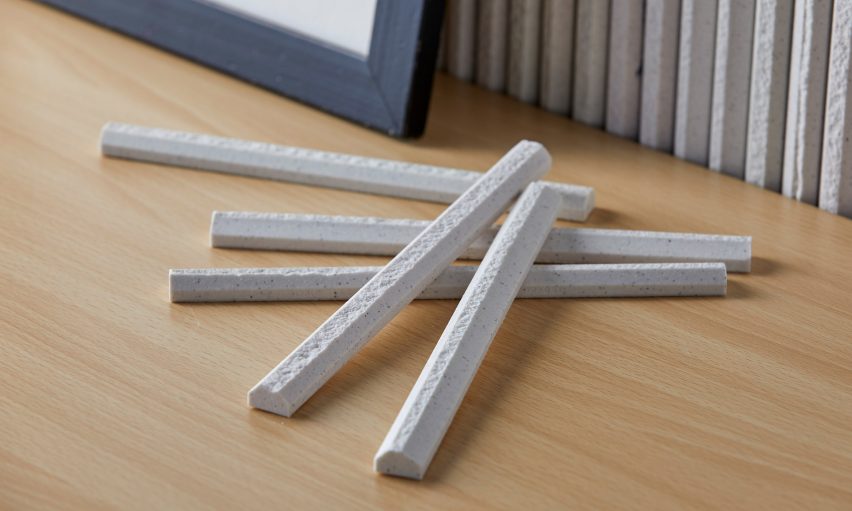
For the interior, the American architect chose a mix of materials, including reinforced concrete and brickwork. Ōya stone, a Japanese volcanic tuff rock featuring hues of grey and green, also featured and was carved into decorative patterns by local craftsman to reference traditional Mayan designs.
However, the building's ornamentation and interlocking planes were also suggestive of historic Japanese architecture.
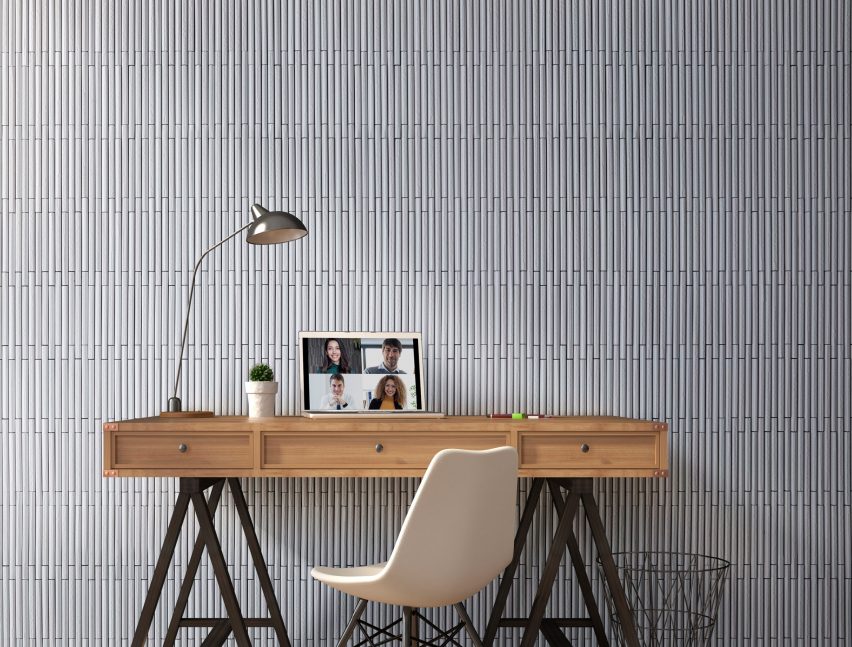
To view more about the Japanese Tile World collection visit INAX's Japanese Tile World website.
Partnership content
This article was written by Dezeen for INAX as part of a partnership. Find out more about Dezeen partnership content here.
